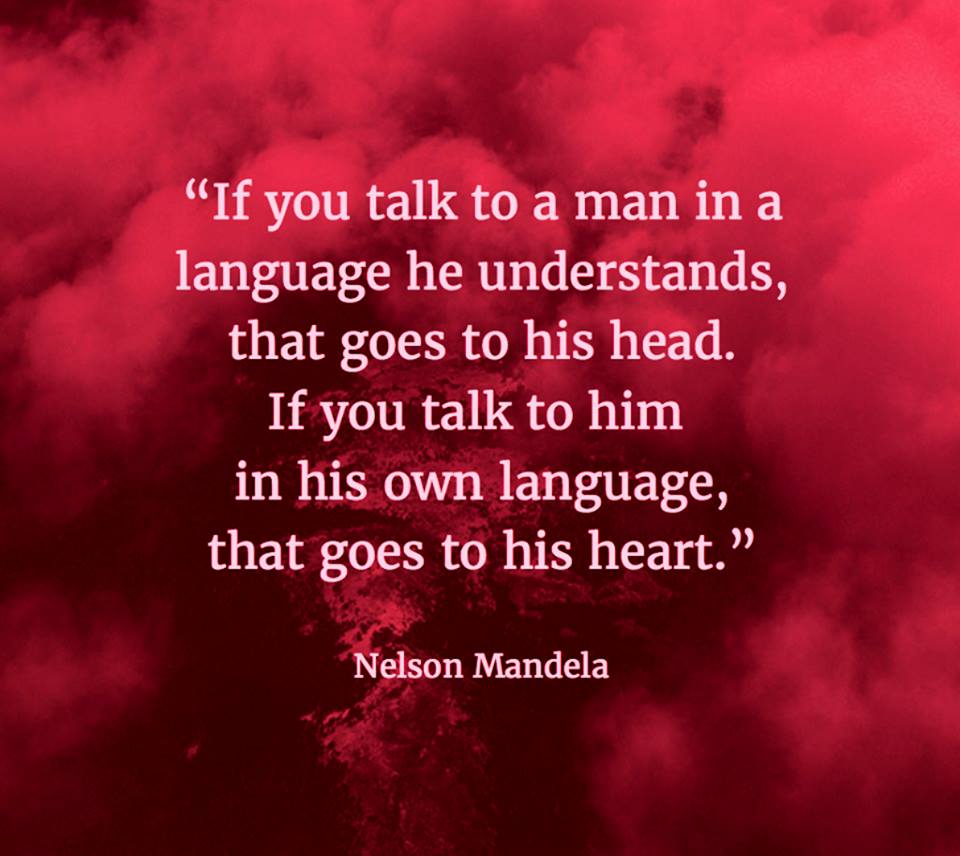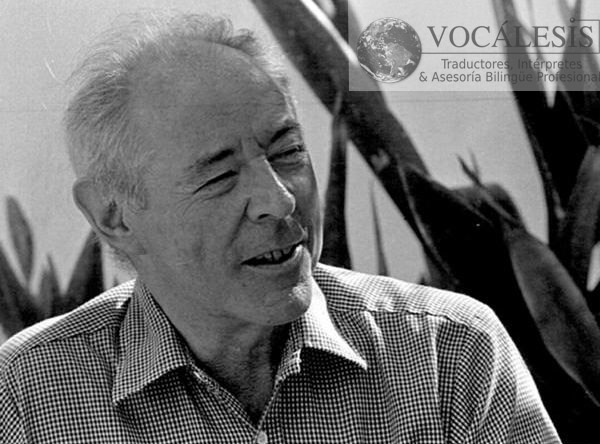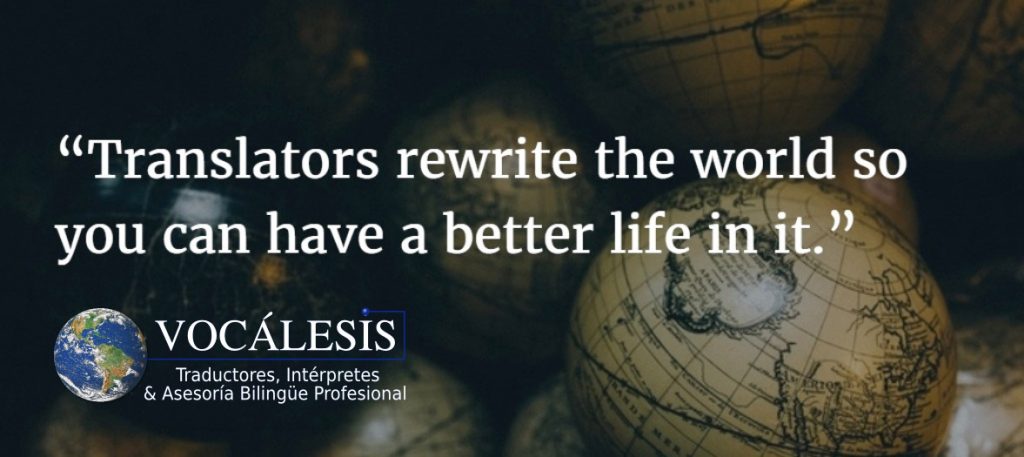There are several myths and misunderstandings surrounding the field of translation. Some are larger than others, and more or less harmless. Let’s take a look at the five most common myths about simultaneous interpretation.

1) Translation and interpretation are the same thing
The biggest misunderstanding of them all. Using translation and interpretation interchangeably, while understandable, is like nails on a chalkboard for those who work in the industry. A translator is someone who takes the written text of one language and turns it into another in another language while keeping the original meaning. The interpreter conveys a message from one language to another orally.
2) If you can translate, you can interpret
Stop, language time. As defined above, these are two different services. Translating words on a page takes time, and practice. A single page, depending on its complexity can take hours. Translators have dictionaries and other references to translate the document correctly while keeping the original intent intact. Interpreting is mush faster, and requires a quick thinker who can interpret without the need for dictionaries. The interpreter continually listens to what the speaker is saying, understands the speakers intended meaning, and then redelivers the message into their targeted language. At the same time the interpreter is constantly listening to the other information and verifying the interpretation is correct.
3) Anyone who speaks more than one language can instantly be a translator or interpreter.
Not true. To become either, you need extensive background knowledge of both languages, and must be good at multitasking. Professionals go through school to learn techniques and receive proper training. Both can take years to perfect, and even then, more training is required for new words, phrases and specialized fields.
4) Culture behind the language is irrelevant.
Culture and context are vital to all languages. Slang, idioms and colloquialisms are tricky, and can be downright impossible to convey in another language. Interpreters need to be able to pick up on cultural nuances and idioms in the languages they work with to convey the proper tone and message. Some cultures may treat strangers formally, while others treat strangers informally. If a professional doesn’t realize this and fails to incorporate it into their work, major issues may arise.
5) If you are a translator/interpreter, you can cover any topic.
Have you ever heard a sous chef talk at length with an E.R. doctor about the best way to operate a fighter jet? Chances are you haven’t. With a vast array of topics and specialty fields in our world today, there’s no way to know every word for every field out there. Translators and interpreters typically specialize in a handful of topics and professions, and try to avoid translating and interpreting in areas that they’re not as comfortable in. A few specialties include medical terminology, legal concepts, industrial machinery, poetry, film, marketing and information technology.




